American Arts Incubator — Colombia, entitled "Laboratorio en las Fronteras," brought together a group of 28 visual artists, filmmakers, creative producers, musicians, educators, and social advocates to explore migration and identity in the context of the Colombia/Venezuela border crisis.
Just as I was about to begin a journey to Barranquilla to lead the lab in person, the world went on lockdown due to COVID-19, and the program went virtual. Through a series of online workshops exploring personal narrative and documentary, interactive media, emerging technologies, social practice, and public art – we co-created a plan for a web-based virtual museum where the work could be shared and experienced by a global audience.
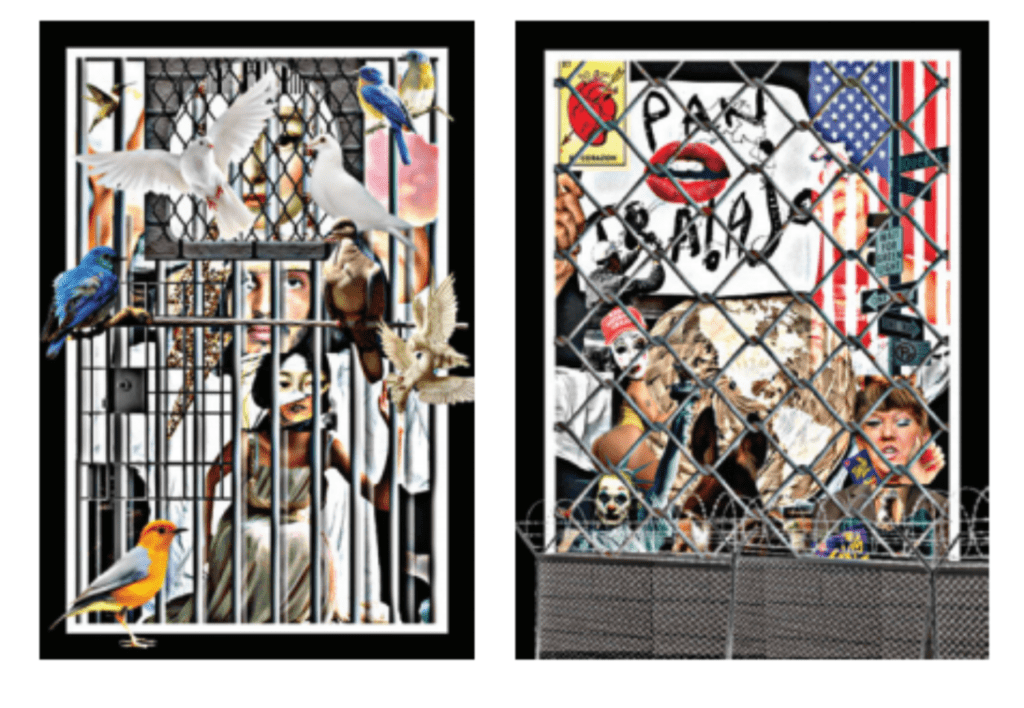
Each project is designed specifically for the virtual gallery we created, and also exists in the world as the creative expression of an independent artist attempting to survive the pandemic. In the Lab, the barriers we faced and the boundaries we crossed became part of work. The stories embedded in the virtual gallery reflect the powerful lived experiences of the participants at this unique moment in time.
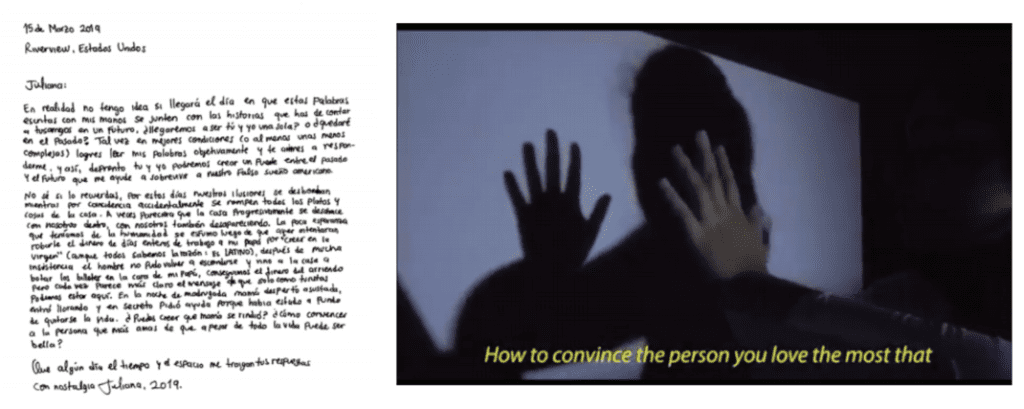
Four themes emerged from weeks of discussion that the artists chose to organize their work in the galleries: Fragments, Refuge, Reconfiguration of Identity, and Movement/Stillness. The projects included powerful stories of survival using photography, 3D modeling, poetry, single channel video, music, collage, augmented reality, and documentary.
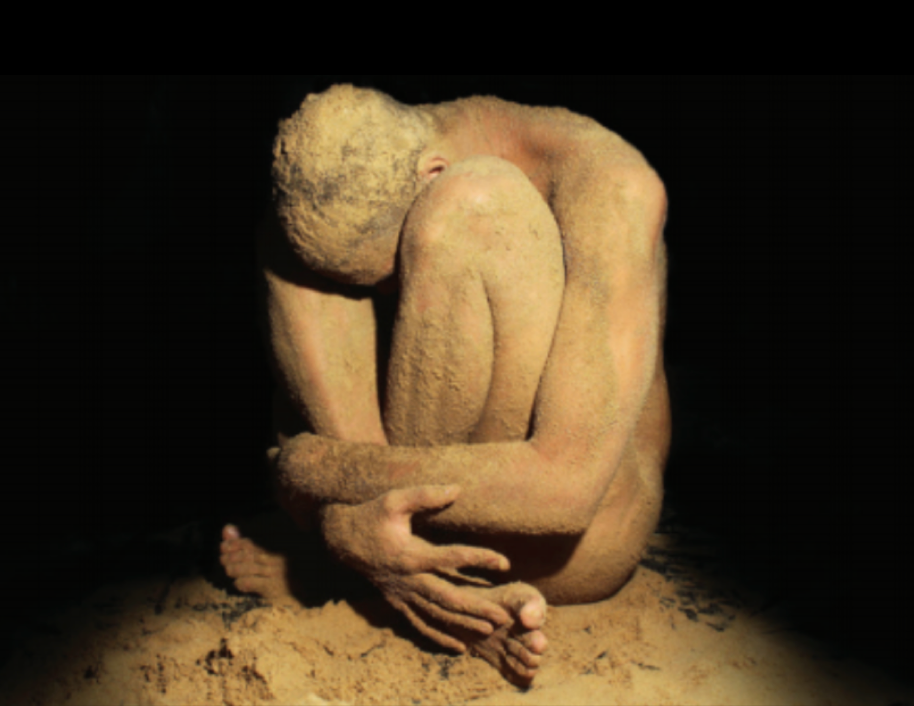
At first, the artists were hesitant to draw on their own lives for inspiration; they had wanted to use the opportunity of American Arts Incubator to work with communities at the border — to amplify their stories and raise awareness of a human rights crisis that was disappearing in the crush of coverage of the pandemic. Through the work of the Lab, the artists bravely centered their own life experiences instead and found their voices in a single phrase: we are all Migrants.
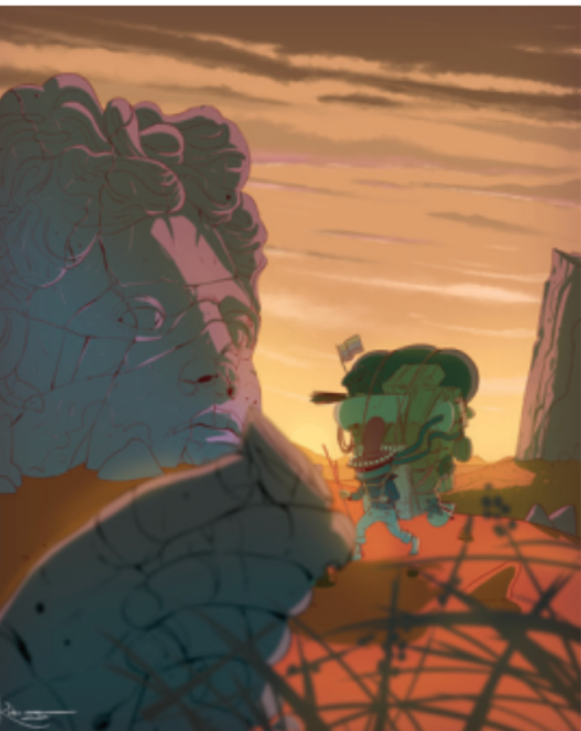
As we reimagine what our global future will look like through this darkness, I am grateful for the time I got to spend with this incredible community of artists who showed up online together for a month, hours at a time, and worked on projects alone in their homes, through quarantine, rolling blackouts, curfews, and extraordinary heat. We are all looking forward to the time when we can move the work from the virtual galleries into the streets, and into the world. Explore the virtual museum here.
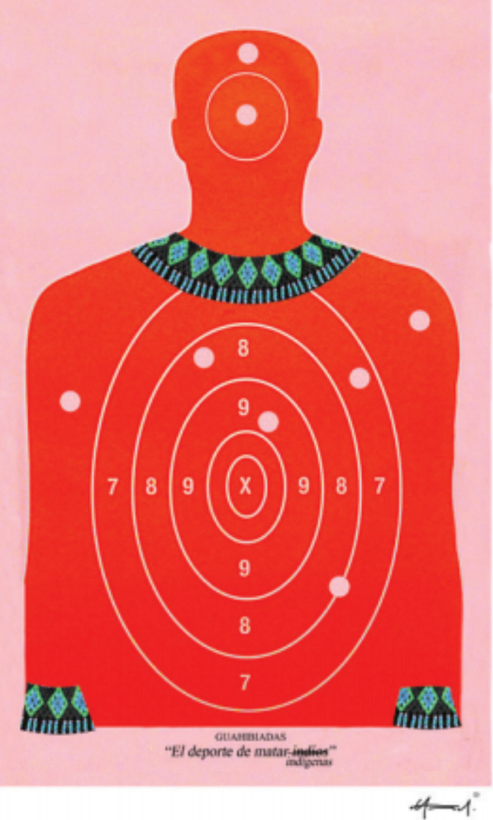
Open call announcement for Laboratorio en las Fronteras.
On April 19, 2020, I was supposed to be giving an Artist Talk at the Museo de Arte Moderno in Barranquilla, Colombia to kick off my American Arts Incubator exchange, Laboratorio en las Fronteras (Lab at the Borders). In the global urgency of lockdowns, quarantines, and travel bans, that talk will not be happening. My body will not go to Colombia. But perhaps we can overcome the obstacles of disease, geography, language and culture. Perhaps we can leverage available technology to do something meaningful inside the constraints of pandemic culture.
In a crisis, artists always go to work.
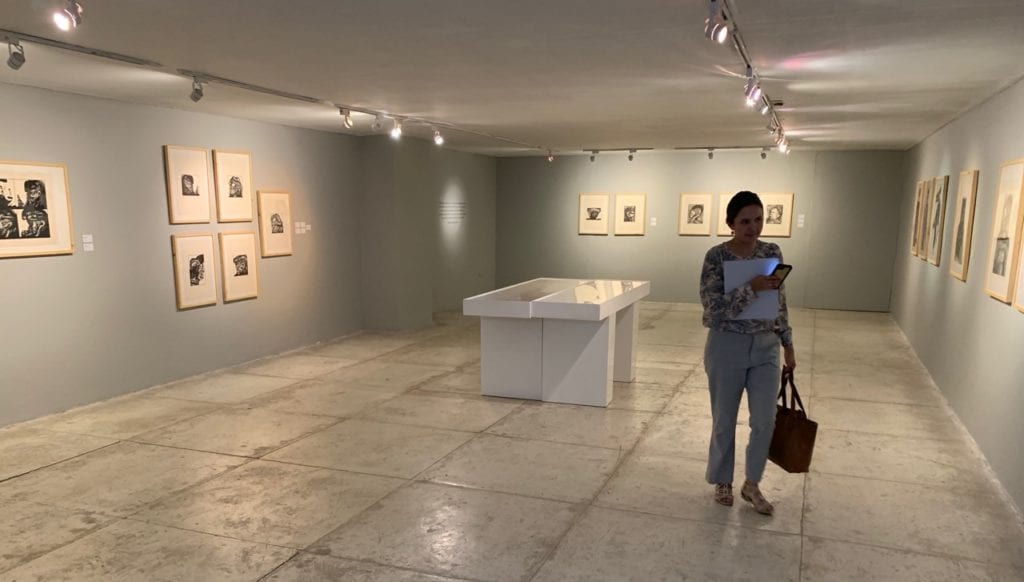
I’ve been attempting to learn Spanish online with a tutor from Colombia and my Babbel app, plan workshop rituals, sharpen the curriculum, visualize how we could possibly co-create a multi-generational interactive media exhibition reflecting the multiple identities of migration, displacement, and statelessness. Can we possibly create a virtual creative lab without any in-person connection and interaction? Who am I to think that we could move this experience online and actually incubate projects that will explore the lived experience of diverse communities at the border, contribute to peace-building, protect human rights workers and vulnerable refugees, and rise up the stories of those so frequently silenced?
I do think that something meaningful and beautiful will come of this. We just can’t possibly know what it is right now. I do know it is very important to be present in the unknowing.
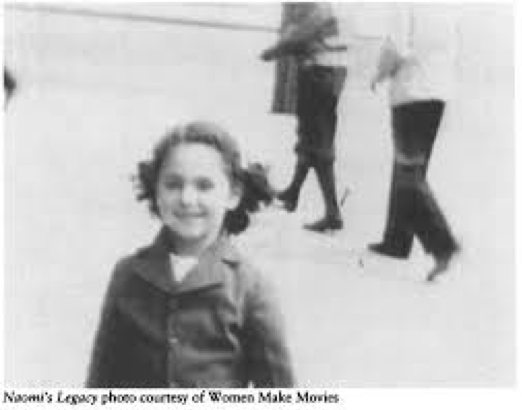
Today, I have the feeling that I’ve been preparing for this moment my whole creative life. At Oberlin College, I completed an independent major in Ethnopoetics. As a young filmmaker, I worked a lot in re-articulating and re-photographing home movie footage into new and unexpected narratives. My film that went to Sundance in 1994 was a collage of found footage and voiceover, an essay on my own infertility. It was my Saturn return, and I needed to discover who I was. Now, as a facilitator, project director and educator, a quarter of a century has passed, and I’m working on my own invisibility.
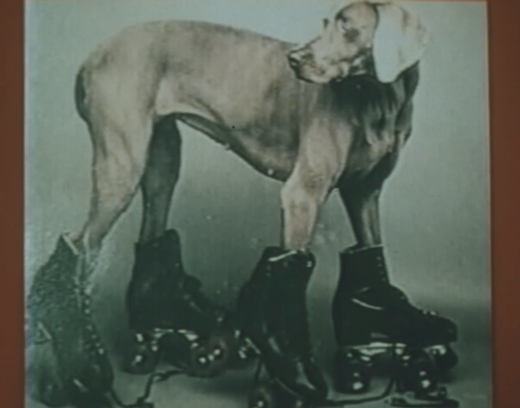
At some point in my creative practice, I turned away from making my own projects and became a visual, human-centered ethno/futurist obsessed with the intersections of celluloid, pixels and codecs, and the social and cultural implications of the transition from analog to digital to virtual – especially in documentary.
Leading the Producers Institute, the first new media lab in the U.S. for documentary filmmakers and journalists, I could see up-close the power of having artists, technologists and activists together, co-creating from day one. Those labs (at the Bay Area Video Coalition in San Francisco) worked because we were together for ten endless days and nights.
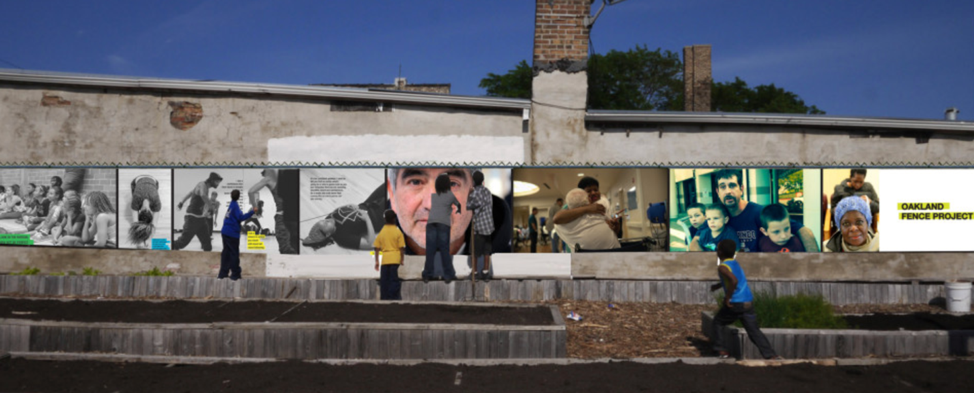
A few years later, directing the Oakland Fence Project, we created one of the first story-based A/R apps that enabled the subjects in still images to speak, to “come-to-life.” That technology augmented 5-foot photographs with stories and voices rarely heard.
It is in this space that the vision for the work will emerge. I know it.